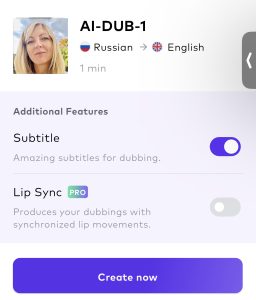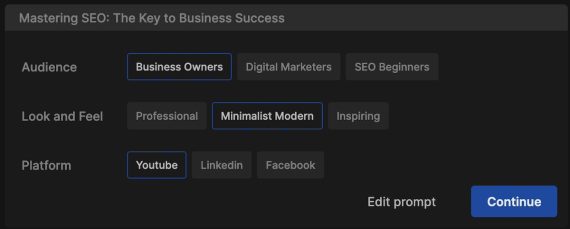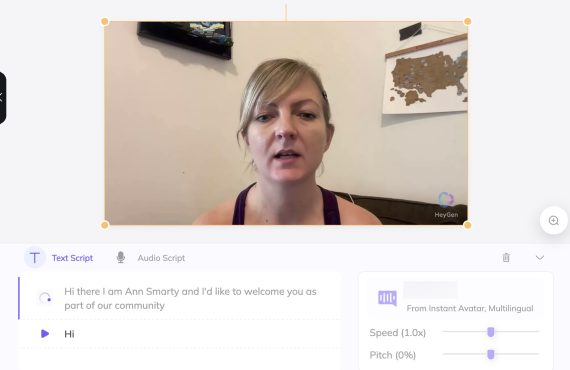I’m amazed at the impact of generative AI on videos. Impressive apps and features are announced seemingly weekly. All make video marketing easier and more effective.
With Midjourney launching a video-generation feature and Bard introducing advanced video analysis, AI-powered video creation and consumption is becoming mainstream.
Much has changed since I profiled four AI video generators in August. Here are three more.
Invideo AI
Invideo AI generates videos from text prompts. It creates and edits videos from prompts and narrates them.
The app requires the Edge browser or Google Chrome to work properly.
When creating a video, select a “workflow” style: “YouTube shorts,” “YouTube explainer,” “Recent events,” or “Script to video.” Then select the video length (up to 15 minutes) and provide details and settings, such as style, voiceover (gender, English variation), and background music.
I chose “YouTube explainer” and provided the following prompt:
What is SEO, and why do businesses need it? Add sections (with stats) on how Google is a dominant marketing channel, how organic search works, and how to rank in results.
I then designated the target audience (“Business Owners”), look and feel (“Minimalist Modern”), and the host platform (“YouTube”).
Invideo AI will then create a script, select visuals, insert the voiceover, and provide a ready-to-download video. I could then edit it by adding prompts, removing visuals, and changing voiceover, as examples.
In my test, both the script and voiceover were of impressive quality. I didn’t change a thing. I could have tweaked the background music, but the result was terrific overall.
The tool has a built-in video editor to alter generated videos, brand them, add or remove chapters, or upload your music.
Invideo AI offers a free trial account with 10 weekly minutes of watermarked videos. Premium versions start at $20 per month for 50 monthly minutes, watermark-free.
HeyGen
HeyGen creates personalized videos for email campaigns. The tool mimics a user’s facial expressions and speaking style.
Users can upload a video or record themselves talking, looking straight into the computer camera, with pauses. Users must then record themselves consenting to the tool accessing that video to create a personalized avatar. Lastly, users submit a script for the new AI-generated video.
I did that. The video quality was scary good. I could see myself “saying” words from the script, perfectly mimicking my speaking style. The audio needed adjusting to replicate my voice, but that may have been unnecessary had I recorded on an external microphone.
Once the initial video is created, users can clone it to add the names of subscribers or customers. It takes seconds to create many personalized videos to then send in emails.
HeyGen’s free trial provides a 1-minute video with a personalized avatar and 300 voices. Premium versions start at $29 a month.
Dubecos
Dubecos is a mobile app that translates users’ videos into any language using their voice.
Users can upload a video of themselves speaking or record it directly in Dubecos. Users then select their source language and the translated version, which can include subtitles.
The result of my testing was excellent! It kept my voice, pace, and intonation.

Dubecos users can select their source language and the translated version, which can include subtitles.
Download Dubecos from Apple’s App Store or Google Play. To test, Dubecos translates the first video for free. After that, it is $3.99 a month for 15 minutes of AI-powered translation and lip-synching.
via https://www.aiupnow.com
Ann Smarty, Khareem Sudlow


